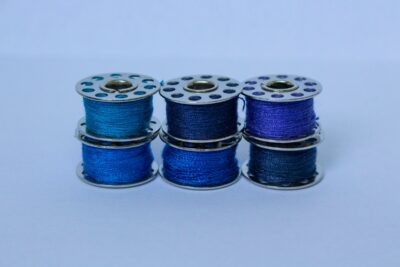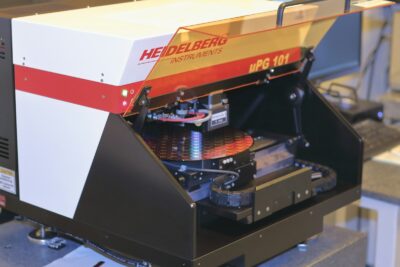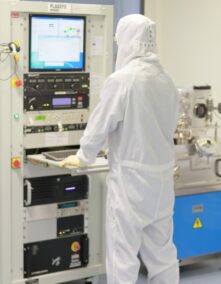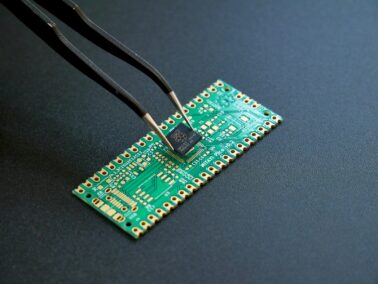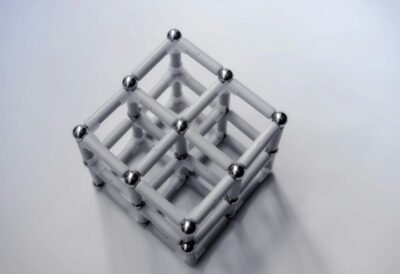Thermoelectric Materials: Harnessing Nanotechnology for Enhanced Efficiency
Introduction to Thermoelectric Materials
The integration of nanotechnology has ushered in a new era of efficiency for thermoelectric materials, offering unprecedented advancements in energy conversion technology. In regions like Saudi Arabia and the UAE, where energy conservation is a priority, the development of these innovative materials holds immense promise for enhancing sustainability and reducing reliance on fossil fuels. By leveraging nanoscience principles, thermoelectric materials are becoming more efficient than ever, paving the way for a greener and more sustainable future.
Thermoelectric materials have the unique ability to convert heat into electricity and vice versa, making them invaluable for various applications, from power generation to refrigeration. However, traditional thermoelectric materials have often been limited by low efficiency levels. Nanotechnology addresses this challenge by optimizing the structure and properties of these materials at the nanoscale, resulting in significant improvements in performance and efficiency.
The application of nanotechnology in thermoelectric materials is poised to revolutionize multiple industries, including energy, transportation, and electronics. By enhancing the efficiency of these materials, researchers and engineers can unlock new opportunities for sustainable development and innovation. From powering remote sensors to improving the fuel efficiency of vehicles, nanotechnology-enabled thermoelectric materials offer versatile solutions to address pressing energy challenges.
How Nanotechnology Enhances Efficiency
Nanotechnology plays a crucial role in enhancing the efficiency of thermoelectric materials through several key mechanisms. One of the primary methods involves nanostructuring, where the material is engineered at the nanoscale to optimize its electrical and thermal properties. By controlling the size, shape, and arrangement of nanoparticles within the material, researchers can minimize heat loss and maximize electrical conductivity, resulting in higher conversion efficiency.
Furthermore, nanotechnology enables the integration of advanced materials and composites into thermoelectric devices, further improving their performance. By combining different nanomaterials with complementary properties, scientists can tailor thermoelectric materials to specific applications and operating conditions. This versatility allows for the development of thermoelectric systems that are highly efficient, robust, and adaptable to diverse environments.
Another advantage of nanotechnology in thermoelectric materials is the ability to enhance phonon scattering, which reduces thermal conductivity and improves the material’s figure of merit. By introducing nanostructures that disrupt the flow of heat-carrying phonons, researchers can effectively lower thermal conductivity without compromising electrical conductivity, leading to higher thermoelectric efficiency. This breakthrough has significant implications for energy conversion and waste heat recovery applications.
The Future of Thermoelectric Materials
As nanotechnology continues to advance, the future of thermoelectric materials looks promising. With ongoing research and development efforts, scientists are exploring new strategies to further enhance efficiency and performance. From novel nanomaterial synthesis techniques to advanced device design concepts, the possibilities for innovation are endless.
In regions like Riyadh and Dubai, where the demand for energy-efficient technologies is growing, the adoption of nanotechnology-enabled thermoelectric materials can drive sustainable development and economic growth. By reducing energy consumption and greenhouse gas emissions, these materials contribute to environmental preservation and climate mitigation efforts. Moreover, the versatility and scalability of thermoelectric technology make it suitable for a wide range of applications, from small-scale power generation to large-scale industrial processes.
In conclusion, nanotechnology is revolutionizing the efficiency of thermoelectric materials, offering new solutions to address global energy challenges. By harnessing the power of nanoscience, researchers are unlocking the full potential of thermoelectric technology, paving the way for a more sustainable and prosperous future. As investments in nanotechnology research continue to grow, the impact of nanotechnology-enabled thermoelectric materials is expected to extend far beyond energy generation, shaping the way we live, work, and interact with our environment.
—
#ThermoelectricMaterials #Nanotechnology #EfficiencyImprovement #SaudiArabia #UAE #Riyadh #Dubai #MaterialScience #EnergyEfficiency #SustainableTechnology




